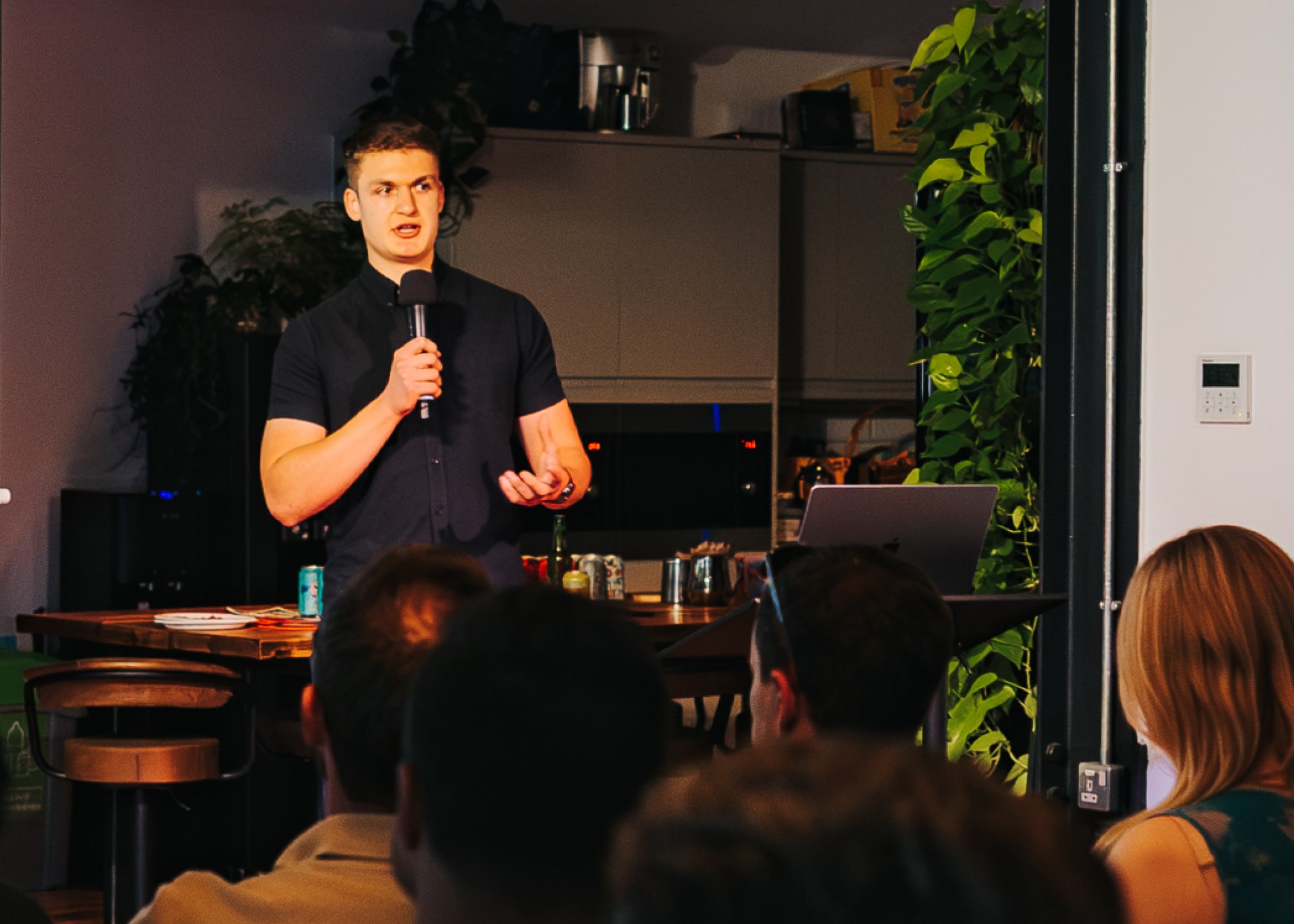The thing about global pandemics is that they don’t come around very often. Maybe once every 100 years. You’ll find plenty of information about how the Spanish Flu of 1918 was eradicated. Still, unsurprisingly information about how to navigate one happening in real-time is in relatively short supply, or at least it was until 2019.In early February of 2020, ‘COVID-19’ might have been mistaken for a rogue Jira ticket. A couple of weeks later, there were a worrying number of cases around the world. By the beginning of March, almost everyone in the UK had realised that things were about to get pretty serious. Still, few could have predicted the devastating effect it would have on the UK, its economy, and the very right of each citizen to step out of their front door. Nor did anyone know how long it would last.By mid-March, we had realised that remote working was probably a good idea - temporarily until things had blown over. So, on Thursday 12th March, we decided that the following Monday would be a trial day of remote working for all staff. By the time Monday came around, it had already become clear that it was not just a one day trial, but day one:
Parallax; Plan of Action
Our plan from the very beginning was to communicate regularly with staff, looping everyone in with decisions within hours of making them, and providing company-wide updates after each major government briefing.We made sure our inventory was up-to-date, carried out a survey on each member of the staff’s home working environment, and immediately began shipping and personally delivering chairs, monitors, MacBooks, iMacs, and keyboards, laptop stands and other personal belongings around Yorkshire to everyone’s houses.We started having daily board meetings over Zoom around the government’s briefings and discussing the broader implications & strategy for keeping the business healthy and protecting everyone’s jobs. We placed a number of our staff on furlough to reduce our risk & exposure as a business. We’re immensely proud of how quickly and efficiently we changed from a full-time office-based business to a full-time remote working company within a matter of a handful of days. We were even more proud of how our staff responded. We saw no dip in productivity or performance; everyone just pulled together and worked through it as a team.By the 26th of March, lockdown measures legally came into force, and by the 30th of April, the government announced we were “past the peak” of the pandemic. As summer began, we gradually brought a few staff back from furlough and reintroduced some of the team to the office. We felt it important that those who were living alone or whose mental health was beginning to suffer were prioritised when it came to having staff back in the office.We conducted a risk assessment in late July and reported back to our team:We set up socially distanced, temporary workstations where any staff member could arrive with their laptop, quickly plug in & begin working in the office.We were also busy with other ideas, such as regular Zoom / Jackbox catch-ups, team quizzes, providing access to health & wellbeing apps, subsidising memberships and pulling together a wellbeing area on Confluence.,Due to the inevitable wave of Zoom fatigue that many of us have felt throughout lockdown, we reduced our Zoom calls’ frequency but ensured they did not halt entirely. We ran a team-wide pumpkin carving competition at Halloween, had our Christmas do over Zoom, and ran a pizza making competition early in 2021.
The Ups and Downs
One of the downsides to working through a pandemic has been not being able to send people off with a proper leaving do to celebrate their time with us & wish them luck in their new roles. Similarly, it’s been very odd introducing 12 new members to the team, most of whom have never met each other (or many of the rest of us) in person. We have tried to keep induction days in person whenever we’ve been afforded the opportunity, but these have been few and far between, and we’re now itching to get everyone together for a good few pints… in a pub. Remember that? Good wasn’t it.One of the major upsides to the pandemic was realising we could work remotely without much of a fuss. We surveyed our staff a few months ago and found out that whilst some would prefer to work remotely 100% of the time, and others would prefer to return to the office every day of the week, many believe they would be most comfortable (and productive) having a mixture.We’re of the firm belief that Parallax will always allow, and in fact encourage, remote working in the future. We’ve even put our money where our mouth is by employing some new staff in entirely remote roles.We know, as a team, we’ll adapt to the ‘new normal’ but, of course, there’ll no doubt be some hiccups and questions along the way; * Which meetings will be better suited to face-to-face and which will work better as Zoom calls?* How quickly can we connect a number of remote workers with a group of people in the office at very short notice? Technical issues will inevitably occasionally interrupt the flow of these meetings – how will we handle that?* How will we simulate the pre- or post-meeting discussions for remote workers? Technology will always enable us, but we will still need to adapt our working patterns to the technology.* Will we be able to effectively coordinate staff fluidly transitioning between remote and office working?What we can be sure of is that we will attack these problems with the same gusto that we have approached the pandemic and we can’t wait to do just that.Andy - Co-Founder, Parallax.


